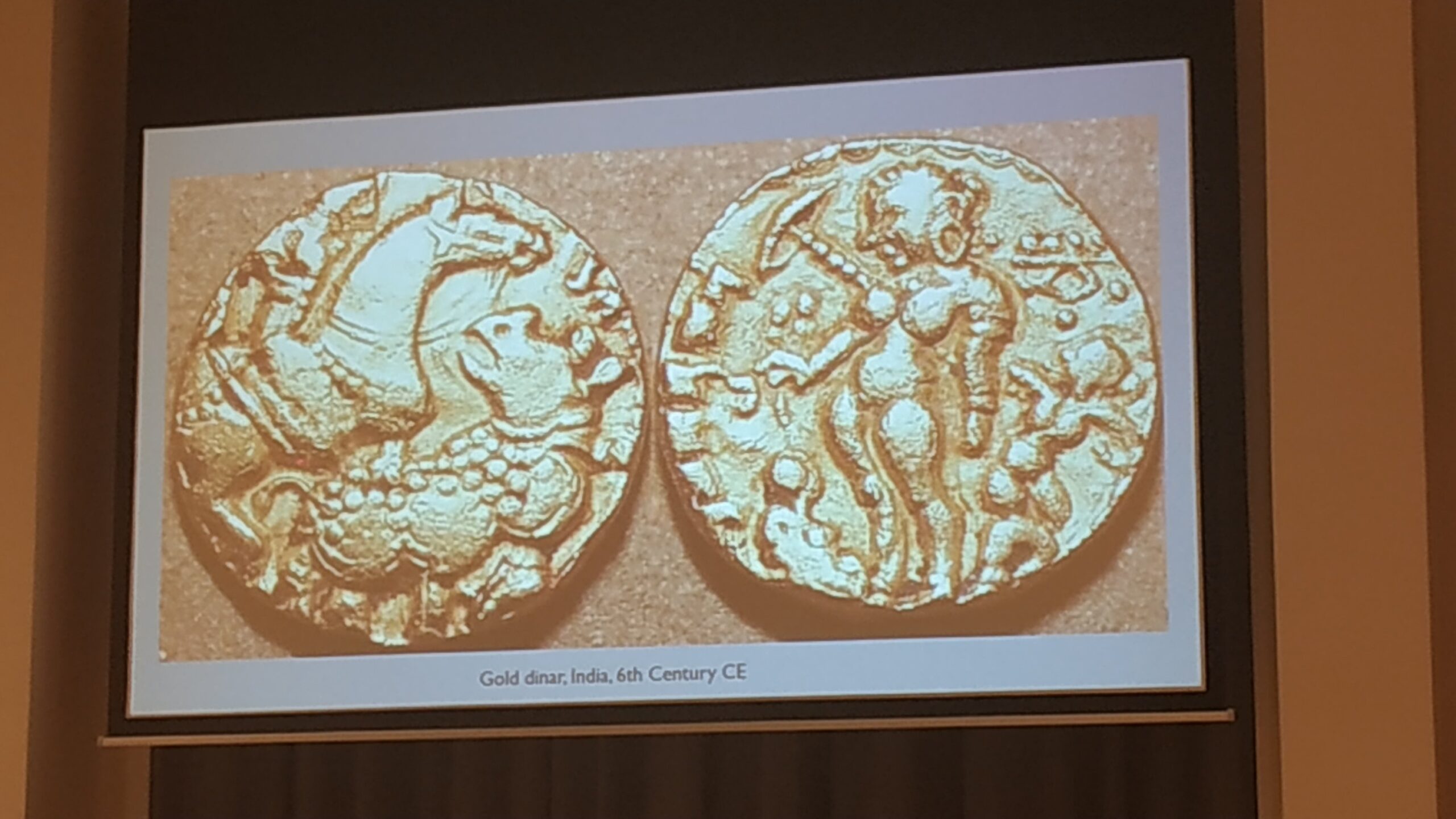Sejarah uang itu ternyata panjang sekali. Nah, tulisan kali ini saya akan sedikit sharing tentang history of money. Ini merupakan catatan singkat dari kelas SG Wageningen University and Research (WUR).
Table of Contents
Sejarah Uang
Pada awalnya, kerang dipakai sebagai uang di Afrika.
Mid eighty pakai cigarretes di Jerman
East coast of US, inidigenous people menggunakan kerang. Money decide of the community.
Trust lodged in the preciousness, social cohesion, and power of rulers. Seorang rulers bisa force. Tapi rulers tidak powerful enough untuk membuat trust. Any two ot these three.
Commodity standard, 1915 dibuat dari copper, bronze, silver, gold. Its not very practical in small business.
Bronze di Cina exchange of value.
Coinage appears about 3000 years ago. Stamped lumps of precious metal electrum, silver, gold. Dan bentuknya besar. So small circulation ( hanya orang-orang dengan high economi) contohnya koin dengan tiga

Coining seized as sovereign right :stamped with authority. Coin ini menunjukkan bawah koin telah disepakati. Roman empire untuk me



Advantages :
Coins worth their weight in metal
Fixed and recognizable value
Stable exchange rates between coins and countries. Its very practical to the business you can comoare your currencies to other countries currency.

Ini contoh koin yang digunakan spanish silver, digunakan sebagai international currency.
Drawbacks
Cumbersome for both large and small transactions. Kalau dibawa-bawa bakalan berat.
Clipping and counterfeiting popular pastime. Bakalan ngabisin banyak waktu mencari tau the finest of the coin.

Monetary policy impossible. If you want to have more coin circulation, re print. You cannot wider your circulation.
Sovereigns untrustworthy, always debase coins.
Solutions
Technology ( mint presses, ribbed sides,
Banyak teknology yang membuat minting menjadi lebih mudah dan tak gampang ditiru



Parliamentary control over minting and money circulation.
Central banks set up to manage currency
Licensed to issue paper money.


I commondity standards
Forst form in China, 12-13 centruy
Europe late 17 th centrury
Based on trust inrepayment : fiduciary money
Essentially a promise to pay

Phase 2 fiduciary money
From 1914 – 1971
Forst WW ends gold standards
Gold concentrated in central banks no longer in circulation. Commodity standards is remove.
Gradual acceptance of money as managed ( Keynes)
Backing rests on trust in government
Economic mismanagement
Phase 3 fiat money
1971 – now
Money no longer backed by anything at all
Strong exchange fluctuations upset international economy
Monetary policy from technical management into political football
Efforts to reboot economy boost inflation everywhere
Governments from solution to key problem
Stable money depends on social and political balance
Calls for a return to gold
Suspicion against state inspires alternatives like cryptocurrency like bitcoin
Conclusions
Money is a convention
Acceptance depends on ability to fulfill three functions
Fiat money culmination of 5000 years evolution
Balance between parliament and independent central bank the best bet for stable currency.






